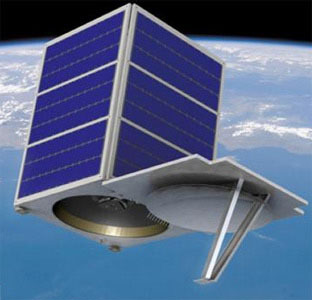Google Earth of the Future: Almost Real-Time HD Video Survey

This is not about the Google Earth project, the title was indicated in the title to give a general idea of the content of the note. Speech is generally about the capabilities of map services of the near future. For example, what can you say about the video observation of the Earth’s surface in real time?
It sounds like science fiction, but several startups are working on similar projects at once. Back in December last year, one of such projects was written on Habré, and now the SkyBox company, working on this project, has shown new results of its developments.
')
This company, founded by several postgraduate students at Stanford University, received quite substantial funding from various funds (about $ 100 million, in several rounds). Enough money to create small satellites of a specific design, designed to observe the surface of the Earth.
So, back in November last year, the first satellite was sent, which was able to immediately demonstrate its capabilities. The target group of the project is not so much corporations and all sorts of government organizations as private users. According to the creators of the company, in the future the user will be able to choose the place and time of shooting, pay for the satellite time with his credit card, and get a photo or video.
The moral side of all this is probably not worth discussing, and so it is clear what could be the possibility of observing everyone behind everyone :)

This is what SkySat-1 satellite looks like.
Here is what was already shown in December:
But the new video, where Mapbox Streets is combined with a video made by SkySat-1 satellite. The airport of Beijing is shown here, and better expand the video to full screen.
If the video is not displayed, then here is a link to the service page with video .
As mentioned above, only one satellite is currently operating in orbit. In total, it is planned to launch 24 satellites to cover the entire planet. The satellite weighs only 120 kilograms, and its size is 60 * 60 * 90 centimeters. Detail shooting - up to 90 centimeters per pixel.

13 satellites will be created and launched within 2 years, and later the rest of the vehicles will be launched.
In general, the future has already come.
Via skybox
Source: https://habr.com/ru/post/214979/
All Articles